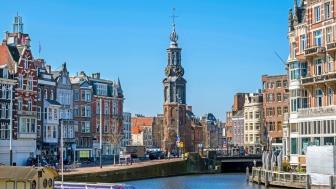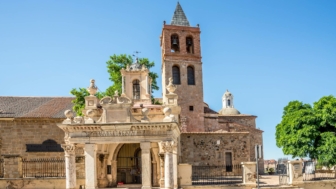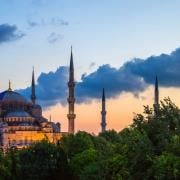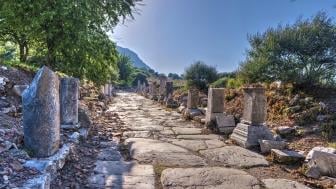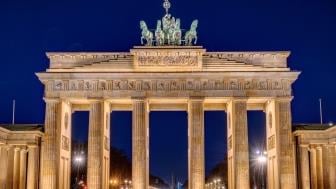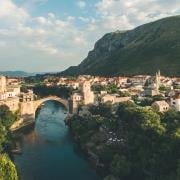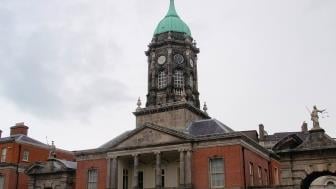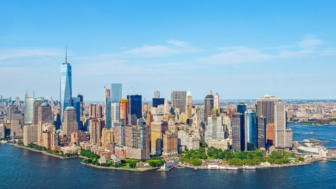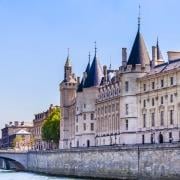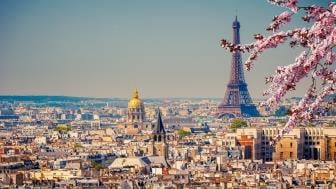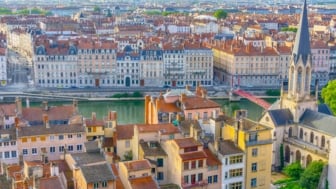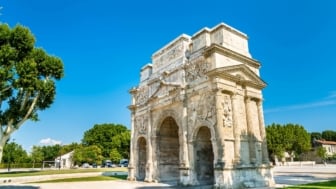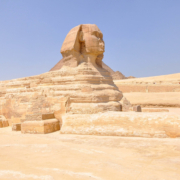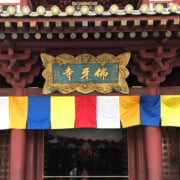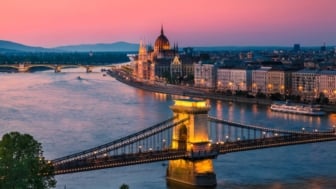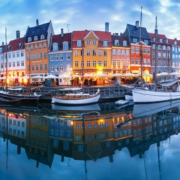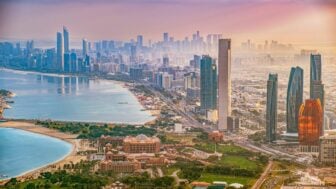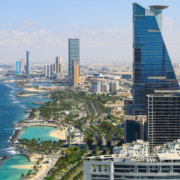One might say that Rome is a vast open museum under the sky. It attracts all visitors to meander around its streets and discover its local charms, including breathtaking monuments and ancient ruins scattered all around. Yet, the Eternal City has no shortage of museums either. They are home to invaluable treasures focusing on various aspects of the city’s rich past, ranging from archaeology and history to literature and art. These are the 10 museums to visit in Rome. Actually, among them, you’ll find one which, technically speaking, isn’t located exactly in Rome, yet, at the same time, it sits right at the heart of the city.
The Capitoline Museums
The Capitoline Museums are the main public museums in the city, and they occupy an overall surface of almost 13,000 square meters. The main collection consists of impressive works of sculpture, including the famed Capitoline Wolf, which is a celebrated symbol of the foundation myth of Rome. Let’s note that Pope Clemens XII opened the Capitoline Museums in 1734, and they are considered to be the first “museums” in the world!
The Galleria Borghese
The Galleria Borghese is housed in the villa that was once the residence of the powerful Borghese family. The impressive collection of paintings, sculptures, and antiquities we see today include masterpieces by Caravaggio, Titian, Raphael, and Rubens. It should be one of the highlights of your visit to Rome as it is situated in a lush green city park, which is a great place to chill out when in Rome.

3. The Museum of the Ara Pacis
The museum of the Ara Pacis is in the center of the city, not too far from the Roman Forum, revolves around one single piece— the Ara Pacis Augustae, the Altar of Augustan Peace, inaugurated by the Roman Emperor Augustus. It is a monument of immense historical value providing valuable insights into the history of the Roman Empire.
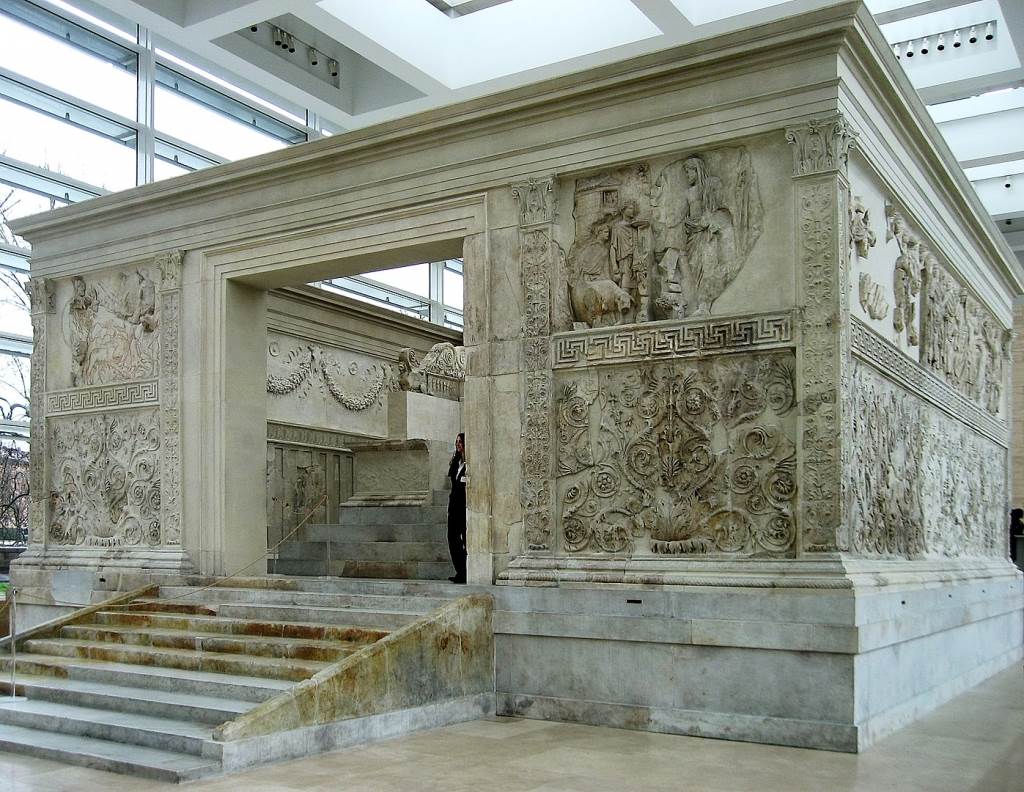
Trajan’s Market / Museum of the Imperial Fora
The Museum of the Imperial Fora is an ideal complementary experience for those visiting the Roman Forum and wishing to delve into its history and function. It is also an unmissable opportunity to visit Trajan’s Market and stroll through its various levels, which, initially, were home to a covered market, in other words, an ancient mall!

The National Roman Museum (Museo Nazionale Romano)
The National Roman Museum is a complex of Museums all throughout Rome. It focuses on one goal— preserving the history, culture, and traditions of the ancient city. The Museum consists of five branches, each dedicated to a specific aspect of Roman life. Thus, if you’re interested in Roman jewelry, you might want to visit the Palazzo Massimo, while those looking for Roman sculptures could consider visiting the branch in the Baths of Diocletian.
The Mausoleum of Hadrian, or Castel Sant’Angelo
Castel Sant’Angelo was once the tallest building in Rome. It was constructed by Emperor Hadrian as an Imperial Mausoleum. Hundreds of years later it was converted into a castle and fortress for the popes and was connected directly to the Vatican through the famous Passetto di Borgo, a fortified corridor that the popes could use to barricade themselves into the castle in cases of emergency. Today, the castle is a museum guiding visitors through the long years of its history.
The National Etruscan Museum at Villa Giulia (Museo nazionale etrusco di Villa Giulia)
The Etruscan civilization dates back to the Iron Age and was later assimilated into the Roman civilization. Still shrouded in mystery, the culture of the Etruscans can be explored at the National Etruscan Museum at Villa Giulia. It houses archeological treasures and sculptures found in the ancient region of Etruria, which corresponds to the present-day Lazio, Tuscany, and Umbria regions. The most famous piece of the museum collection is undoubtedly the Sarcophagus of the Spouses, widely considered one of the greatest masterpieces of Etruscan Art.
The National Gallery of Ancient Art (Galleria Nazionale d’Arte Antica)
The National Gallery consists of two branches hosted in the palaces of two old noble families, Palazzo Barberini and Palazzo Corsini. Both palaces are home to the impressive art collection of the National Gallery, including famous Italian artists such as Bernini, Caravaggio, Titian and Tintoretto, but also foreign Masters such as Van Dyck, El Greco and Rubens.

Giorgio de Chirico House Museum (Casa Museo di Giorgio de Chirico)
Many famous artists, writers, poets and musicians have lived in the Eternal City and walked its streets— if you’re interested in tracing the footsteps of the great minds that spent some of their time in Rome, you’ll find many House Museums like the one of the Italian metaphysical painter Giorgio de Chirico. Located in the busy & centrally located Piazza di Spagna, the Museum collects several paintings of the Italian master.
*It only opens on appointment, so be sure to book first in order to visit it!
The Vatican Museums (Musei Vaticani)
There’s a reason why the most famous Roman museum comes in last in this list; technically it’s not Roman! The Vatican Museums are officially located in another state, the Vatican. Of course, it’s impossible to visit the Eternal City without paying a visit to the Vatican and its immense museums. In fact, it is the fourth most visited museum in the world hosting a stunning collection, which has been amassed by the popes throughout the centuries. It counts roughly 70,000 works, among which you’ll find some of the most important masterpieces of Renaissance art— including the Sistine Chapel and the Stanze di Raffaello, home to the frescoes of Michelangelo and Raphael respectively.






















